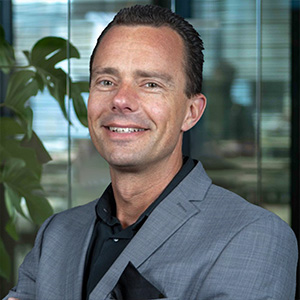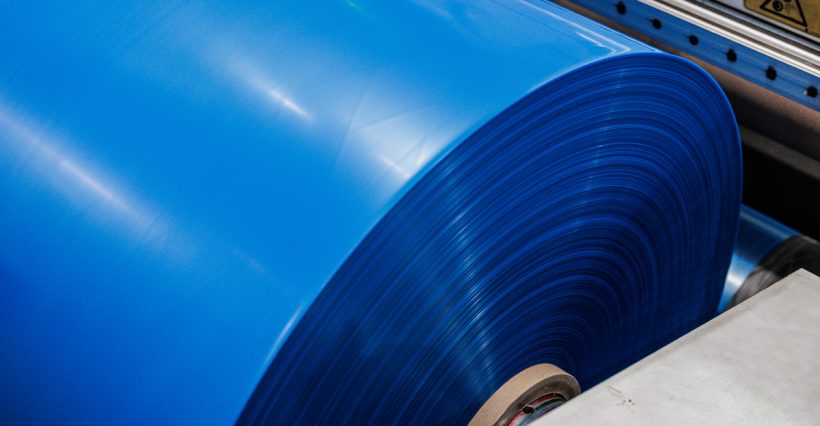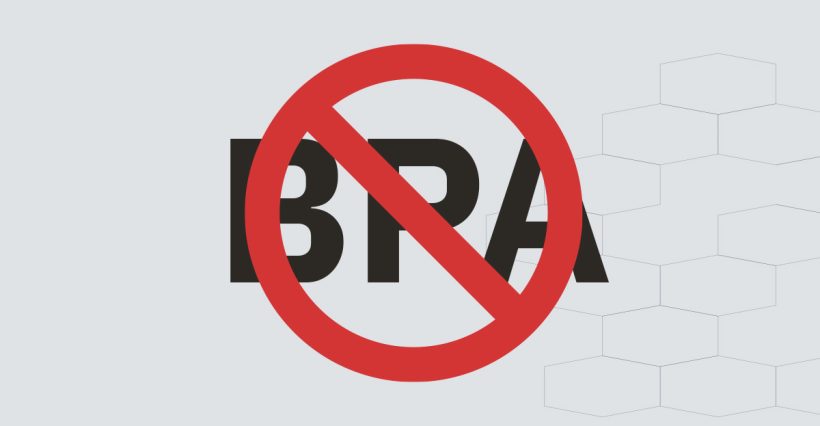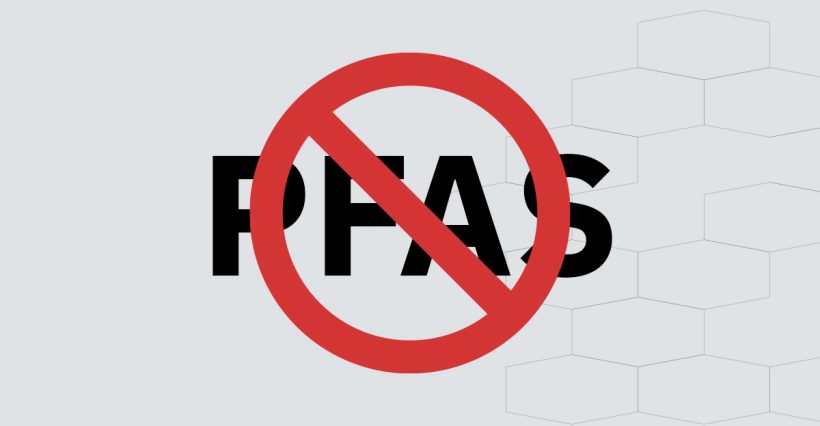Since 1 October 2025, Denmark's new Extended Producer Responsibility (EPR) law on packaging has officially come into force. The rules place responsibility for the entire life of a packaging, from design to recycling, on the producer or importer.
For companies producing or supplying packaging to the Danish market, this means a structural change in how they design, report and market their packaging. In this article, you can read what specifically applies now, what steps producers need to take and how KIVO supports its customers in the transition to EPR-proof packaging.
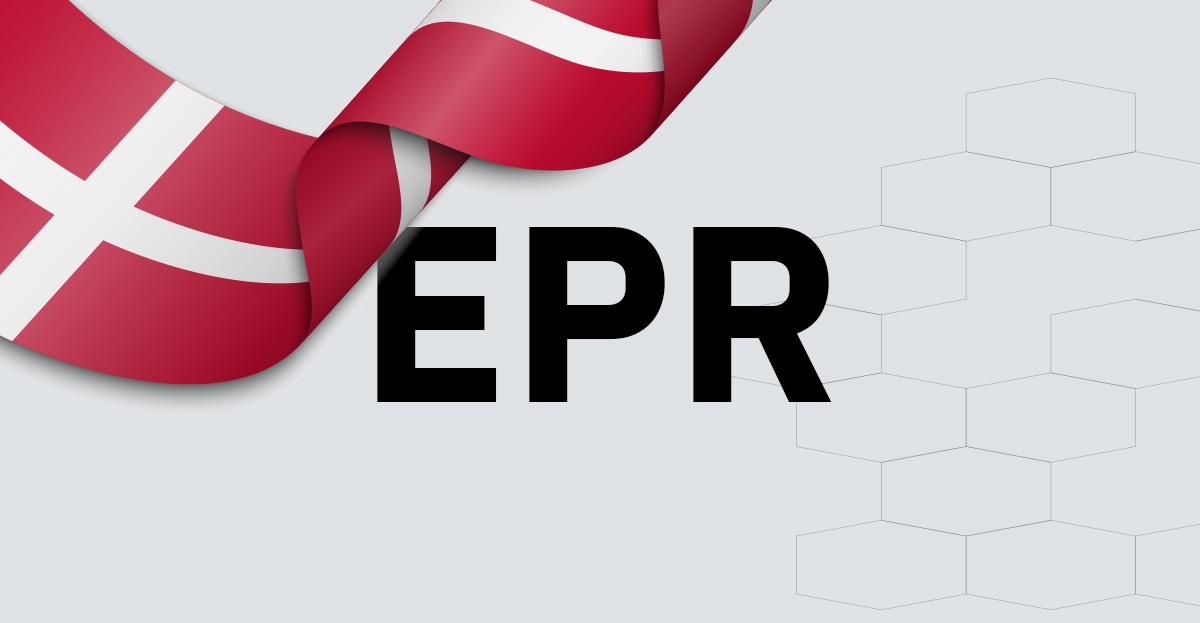
What does the Danish EPR regulation mean?
The EPR regulations make producers responsible for the environmental impact of their packaging. Specifically, they must:
- register with Dansk Producentansvar (DPA), the official producers' register;
- annually report how much packaging they put on the market in Denmark, broken down by material type;
- contribute financially to the collection, sorting and recycling of such packaging.
The system works with eco-modulation: the more recyclable a packaging is, the lower the contribution. Complex, composite packaging is instead taxed more heavily, in some categories the difference can be as much as 35 per cent. Companies not yet registered will be reminded of their obligations in the fourth quarter of 2025. The first full reporting on packaging will be for the calendar year 2026.
From design to recycling: the chain upside down
Introducing EPR means changing not only the end of the chain, but the very beginning: packaging design and production.
1. Design: recyclability is now a hard requirement
Packaging is assessed on its recyclability, choice of material and weight. Mono-materials, transparent films and packaging without nuisance coatings get a more favourable rate. Complex laminates or materials that cannot be properly separated become more expensive.
What this means for producers:
Packaging design is becoming a strategic tool. Companies that opt for good recyclable solutions reduce their EPR costs as well as strengthen their sustainability image.
2. Production and use of materials
The focus in the market is shifting from cost per kilo to impact per kilo. EPR encourages producers to:
- use less material (lightweighting)
- apply recycled content (PCR);
- limit colour additions that make recycling difficult.
As a result, production and sustainability strategies are coming closer together. KIVO responds to this with innovative films that incorporate recycled materials without compromising on quality or processability.
3. Collection and sorting: national uniformity
Denmark also harmonised packaging collection with the EPR Act. Several producer organisations (PROs), including VANA, have signed nationwide contracts with collectors and sorters. An important part of this is the Esbjerg facility, which processes around 90,000 tonnes of household plastic packaging waste annually. Its technical capacity is around 160,000 tonnes a year, clearly demonstrating Denmark's investment in a circular system. This centralisation makes it more important for packaging to be identifiable, well-sortable and compatible with existing recycling streams.
4. Reporting and transparency
From now on, producers must accurately record and report their packaging streams. The data collected determines both the contribution they pay and Denmark's national environmental targets. For exporting companies, this means that Dutch producers may also have to register if they supply directly to Danish customers.
Those operating in multiple EU countries would do well to use a single uniform reporting system.
Specifically, what will really change?
| Section | Formerly | Now (from 1 October 2025) |
|---|---|---|
| Responsibility | Municipalities and waste processors | Producers and importers |
| Cost sharing | Municipal tax | Producer contribution based on environmental performance |
| Design criteria | Voluntary | Mandatory: design for recycling |
| Report | Limited or no obligation | Annual registration with DPA |
| Collection | Settled locally | Harmonised nationwide through PROs |
In short, EPR makes sustainability measurable and mandatory.
How KIVO supports companies with EPR
KIVO helps its customers in the transition to EPR-proof packaging. We do so not only with innovative films, but also with knowledge and guidance. Our solutions meet the requirements of Danish regulations and DPA protocols:
- recyclable mono-materials such as LDPE and PP;
- films with PCR content (post-consumer recyclate);
- lightweight solutions for lower material impact;
- clear product specifications suitable for EPR reporting.
With this approach, we help producers reduce their environmental costs and strengthen their position in the European market.
Why this is also relevant outside Denmark
Danish EPR regulation is considered a model within Europe. The EU is working towards further harmonisation of producer responsibility, with the Danish approach seen as a model for transparency and eco-modulation.
For Dutch and international companies, it makes sense to become EPR-ready already. Those who invest in recyclable design and data management now will not be behind the times later.
